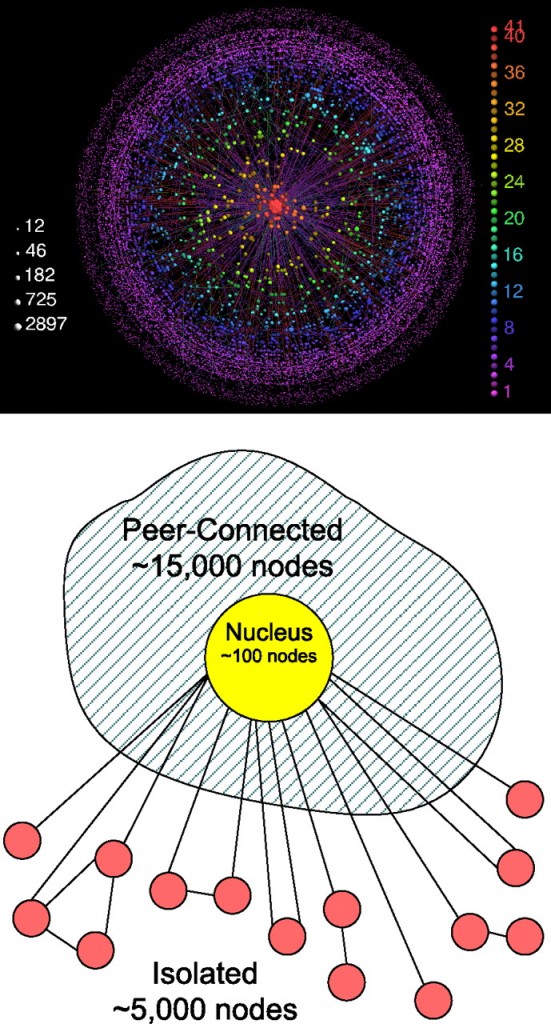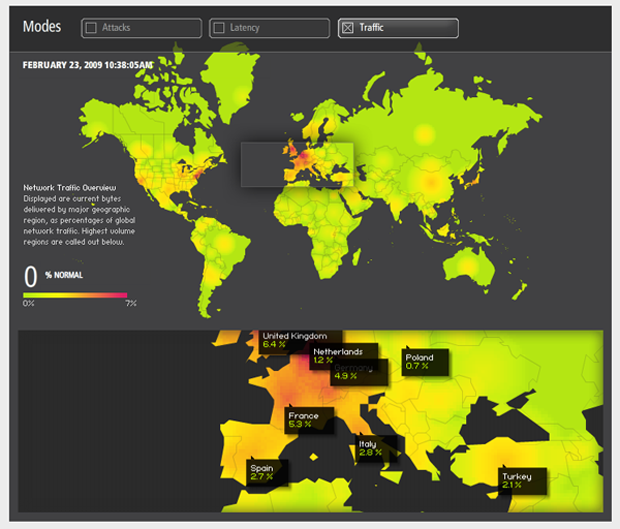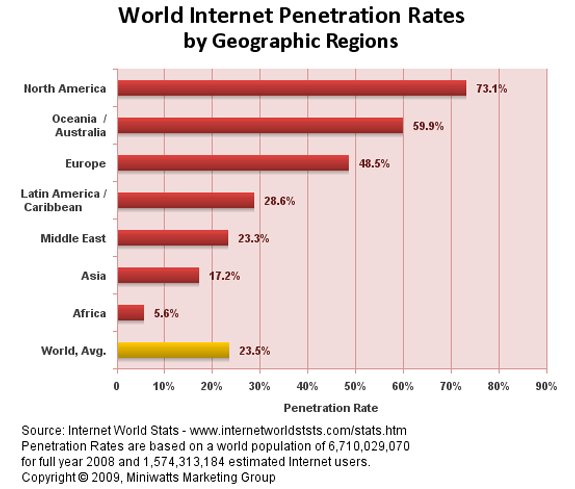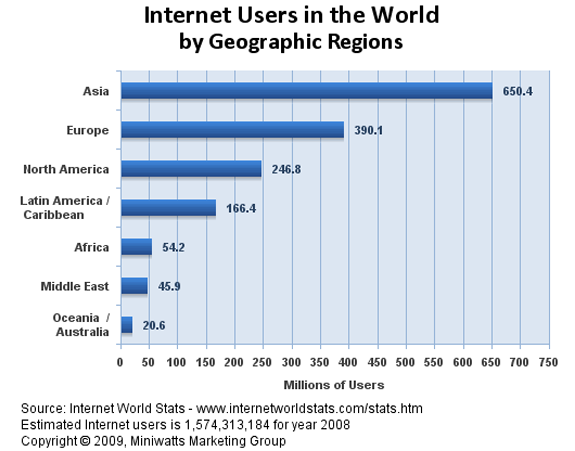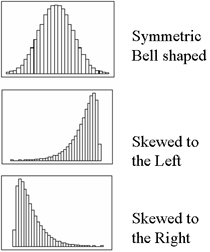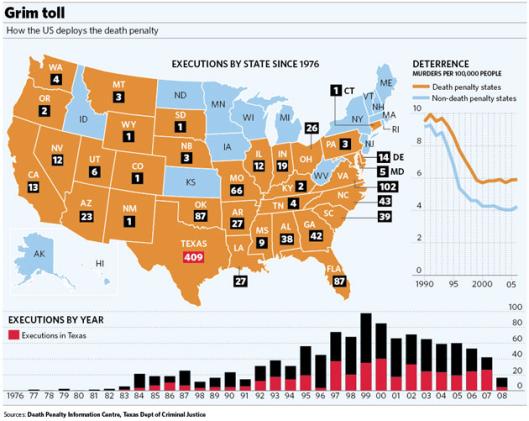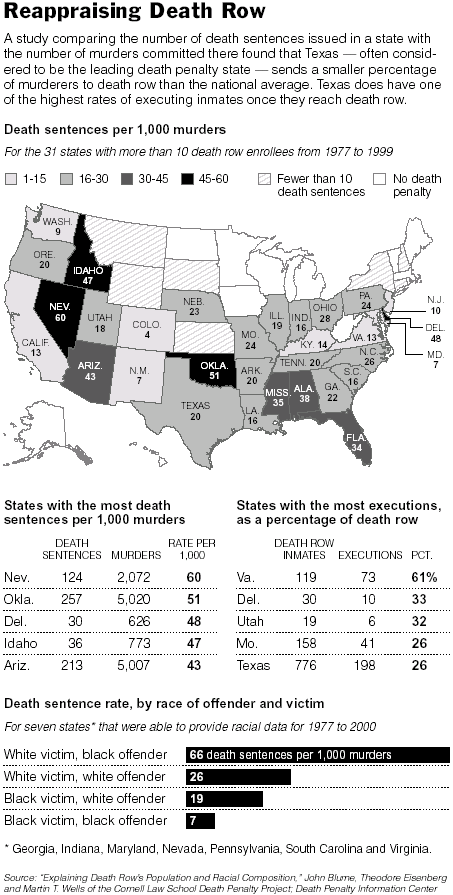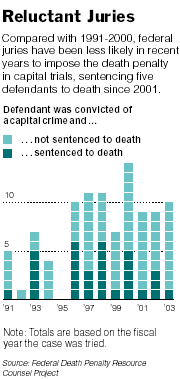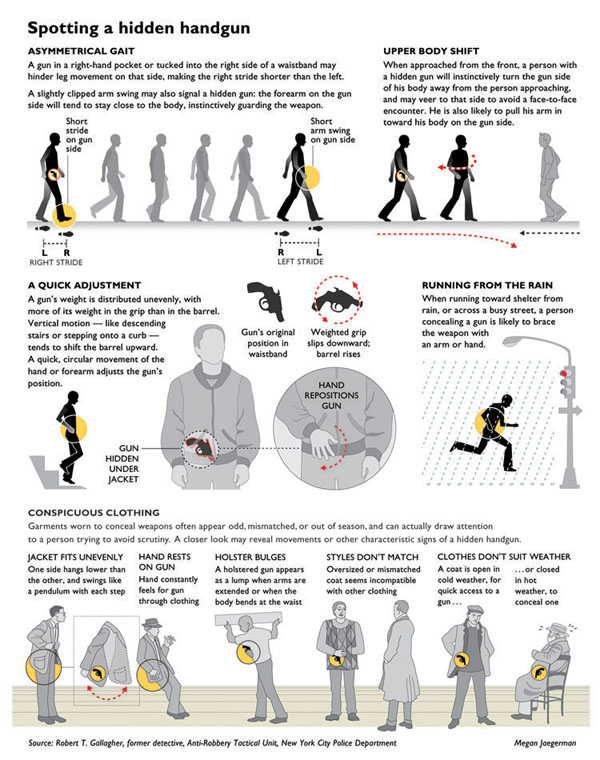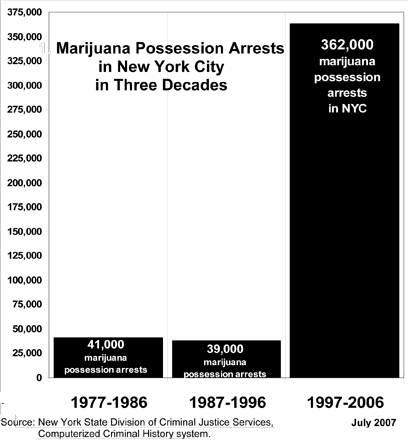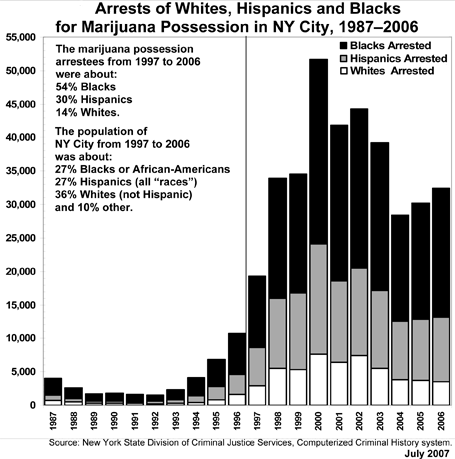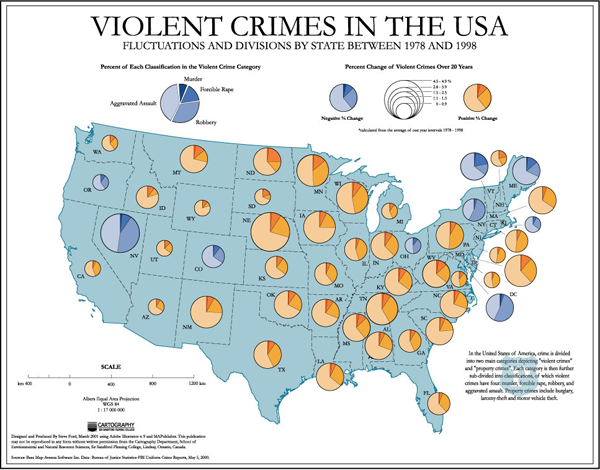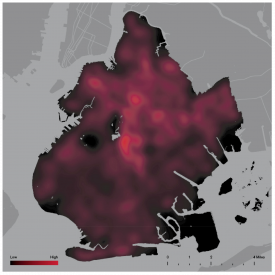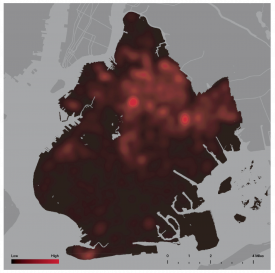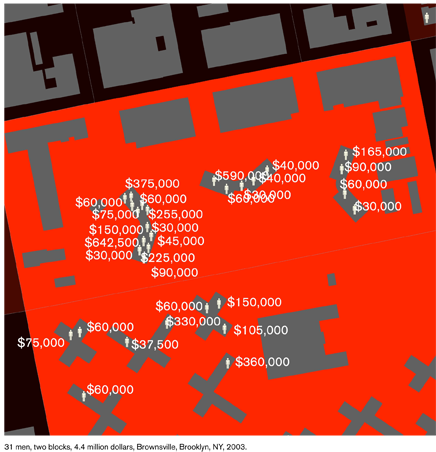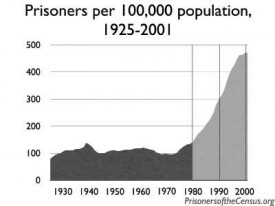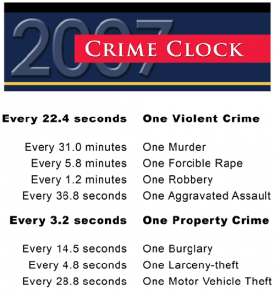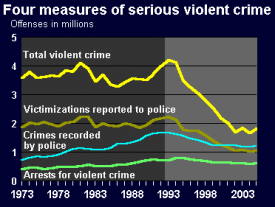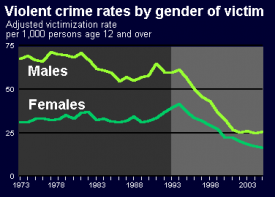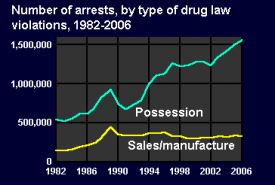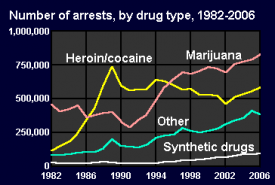
What Works
As you may recall from last week’s post on the death penalty, the use of the death penalty is not a deterrent to murder. Today in the New York Times, an article by Ian Urbina focuses on the fiscal reality of the death penalty citing a study done by the Urban Institute along with proposed legislation to get rid of the death penalty to help states meet their budgetary goals. “The Urban Institute study of Maryland concluded that because of appeals, it cost as much as $1.9 million more for a state prosecutor to put someone on death row than it did to put a person in prison. A case that resulted in a death sentence cost $3 million, the study found, compared with less than $1.1 million for a case in which the death penalty was not sought.”
What works about the graphic is the combination of bars with numbers. Basically this is just a spreadsheet with some bars next to the costs. For those of you social scientists out there who have grown fond of your tables, think about adding bars with interval level data (like costs and population).
What Needs Work
The bars should also appear in the last row on the table where the totals are displayed if this bar-in-table trick is going to work. I can see that the graphic would have had to stretch to accomodate the $3m bar, but the visual effect of having the whole table stretched to fit that bar would have been powerful. As it is, the visual impact of the bar technique is not fully realized.
Relevant Resources
Roman, John; Chalfin, Aaron; Sundquist, Aaron; Knight, Carly; and Darmenov, Askar. (1 March 2008). The Cost of the Death Penalty in Maryland. Washington, DC; The Urban Institute.
Urbina, Ian. (24 February 2009) Citing Cost, States Consider End to Death Penalty. The New York Times, US Section.

